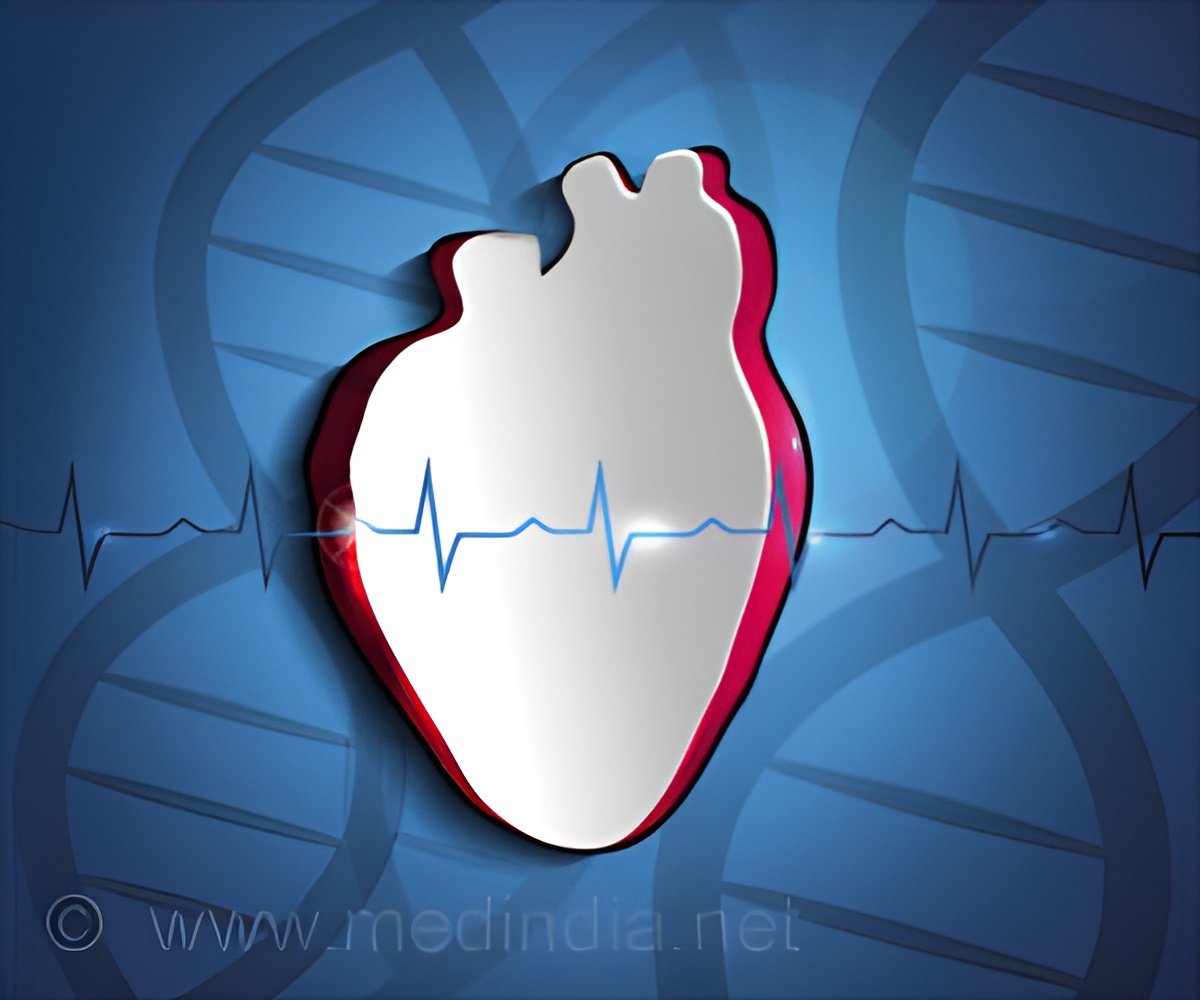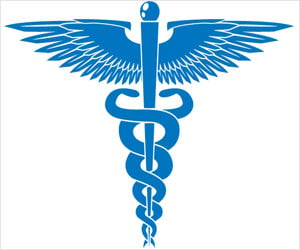Children who breathed in the ash and fumes had higher amounts of chemicals in the blood, which increased the levels of artery-hardening fats in their blood.

‘Higher blood perfluorooctanoic acid (PFOA) levels increase the levels of LDL cholesterol and triglycerides.’





The scientists’ report is set to appear in the journal Environment International online."Since 9/11, we have focused a lot of attention on the psychological and mental fallout from witnessing the tragedy, but only now are the potential physical consequences of being within the disaster zone itself becoming clear," says study lead investigator and health epidemiologist Leonardo Trasande, MD, MPP, an associate professor at NYU School of Medicine.
Study children who were more likely to be exposed to the dust, mostly young adults now, were enrollees in the World Trade Center Health Registry (WTCHR), which is helping to track the physical and mental health, through annual check-ups, of nearly 2,900 children who either lived or attended school in Lower Manhattan on 9/11.
According to Trasande, his study is the first to suggest long-term cardiovascular health risks in children from toxic chemical exposure on 9/11.
He says the long-term danger may stem from exposure to certain perfluoroalkyl substances, or PFASs chemicals released into the air as electronics and furniture burned in the disaster. These include perfluorooctanoic acid (PFOA), widely used to make plastics more flexible until its health effects, including lower-than-normal birthweights and brain damage, led U.S. manufacturers to stop using it in 2014.
Advertisement
Among the latest study’s results was that roughly every threefold increase in blood PFOA levels was tied to an average 9 percent to 15 percent increase in blood fats, including LDL cholesterol and triglycerides.
Advertisement
Fortunately, he says, these very early signs of cardiovascular risk observed in the WTCHR children can generally be addressed by diet, weight control, and exercise.
"Our study emphasizes the importance of monitoring the health consequences from 9/11 in children exposed to the dust, and offers hope that early intervention can alleviate some of the dangers to health posed by the disaster," says Trasande.
In another study published in the Journal of Psychiatric Research in June, a different research team at NYU found raised blood levels of C-reactive protein (CRP) in people who reported being exposed to WTC dust on 9/11. Previous research has linked increases in CRP to inflammation and higher rates of post-traumatic stress disorder (PTSD).
The study involved 641 men and women whose health was being monitored at NYC Health + Hospitals/Bellevue for effects linked to 9/11. Researchers found that people with raised CRP had a 12 percent greater risk of PTSD than people whose CRP was not elevated.
Source-Eurekalert















